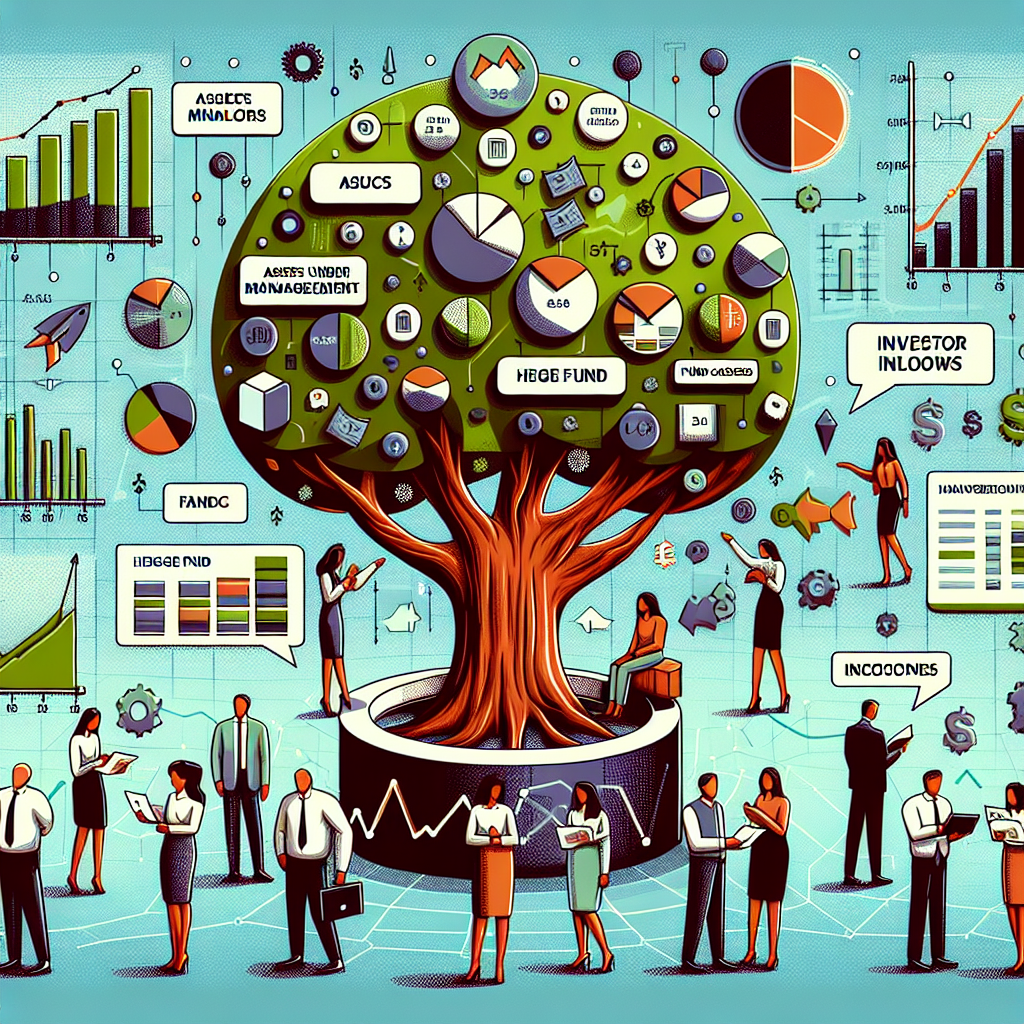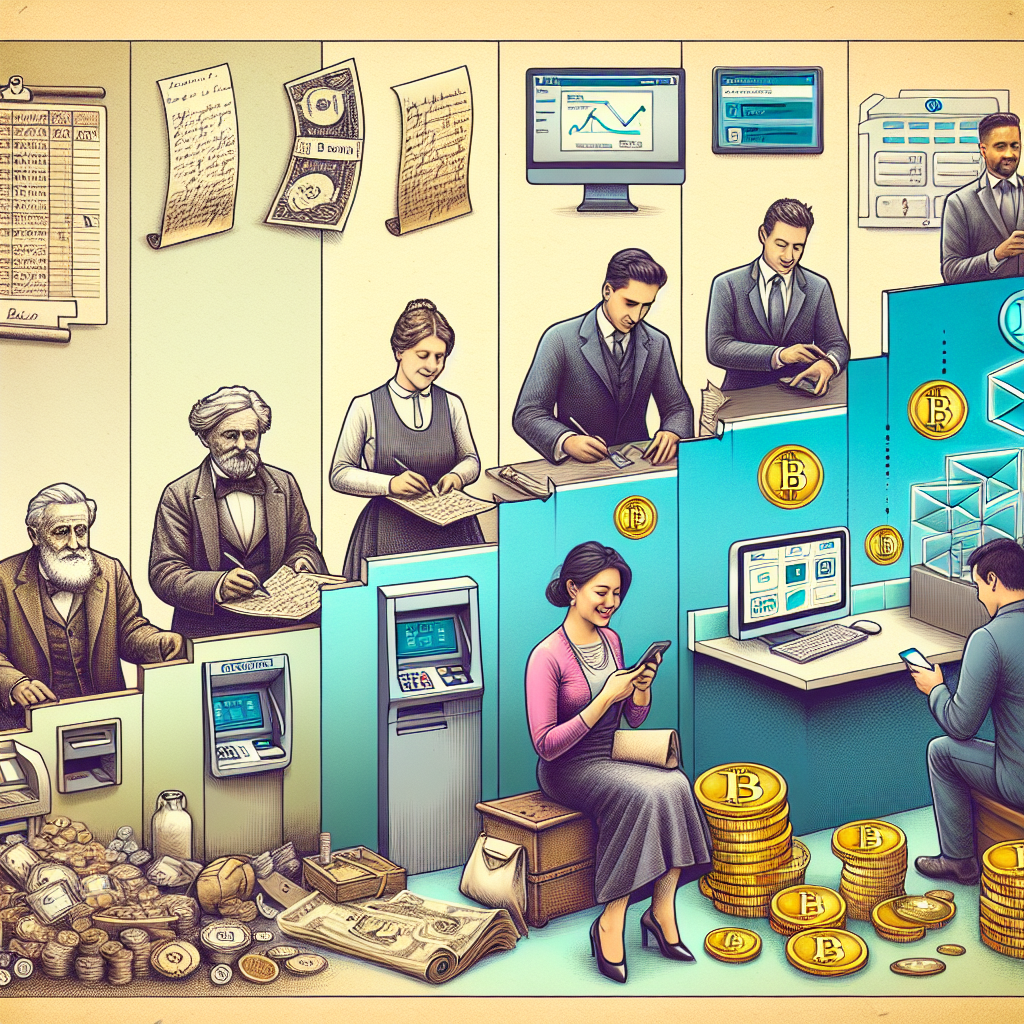The Evolution of Blockchain Technology
Introduction
Blockchain technology has come a long way since its inception with the creation of Bitcoin in 2009. Over the years, there have been significant developments in the field, leading to the widespread adoption of blockchain in various industries.
Key Developments in Blockchain Technology
1. Smart Contracts
Smart contracts are self-executing contracts with the terms of the agreement between buyer and seller directly written into lines of code. These contracts automatically execute actions when predefined conditions are met, eliminating the need for intermediaries.
2. Interoperability
Interoperability is the ability of different blockchain networks to communicate and share data seamlessly. This development has paved the way for the creation of decentralized applications (dApps) that can operate across multiple blockchains.
3. Scalability Solutions
Scalability has been a major challenge for blockchain technology, with issues such as slow transaction speeds and high fees. However, various solutions such as sharding, sidechains, and layer 2 protocols have been developed to address these scalability issues.
4. Privacy and Security
Privacy and security have always been top priorities in blockchain technology. Developments such as zero-knowledge proofs, homomorphic encryption, and multi-party computation have enhanced the privacy and security of blockchain networks.
The Future of Blockchain Technology
1. DeFi and Decentralized Finance
Decentralized finance (DeFi) has gained significant traction in recent years, offering financial services such as lending, borrowing, and trading without the need for traditional financial intermediaries. The future of blockchain technology is closely tied to the growth of DeFi.
2. NFTs and Digital Assets
Non-fungible tokens (NFTs) have taken the art and entertainment world by storm, allowing creators to tokenize and sell digital assets on the blockchain. The use cases for NFTs are expanding beyond art to include music, gaming, and real estate.
3. Central Bank Digital Currencies (CBDCs)
Central banks around the world are exploring the issuance of digital currencies on blockchain technology. CBDCs have the potential to streamline payment systems, enhance financial inclusion, and improve monetary policy implementation.
Conclusion
Blockchain technology continues to evolve and disrupt various industries, offering new possibilities for innovation and efficiency. With ongoing developments in scalability, interoperability, and security, the future of blockchain looks promising.


